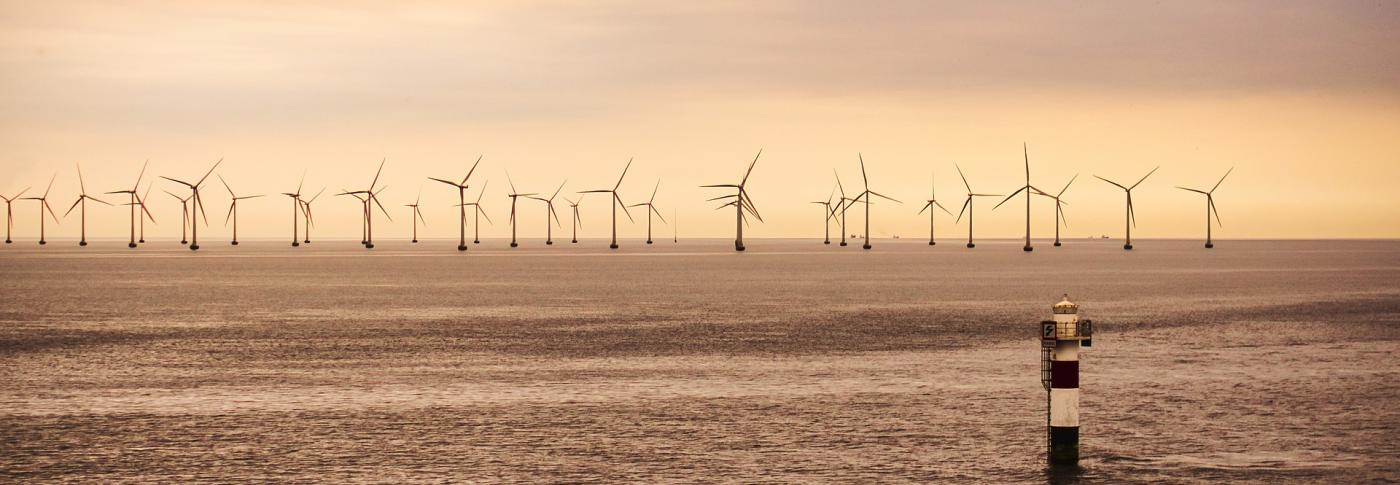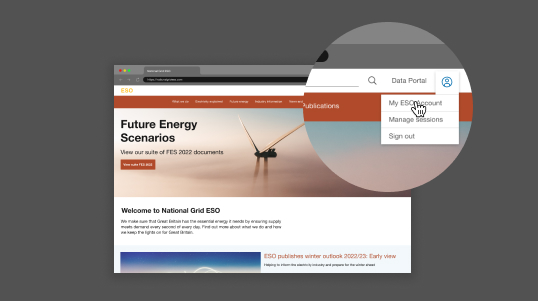
Exploring a coordinated approach to offshore electricity
29 Sep 2020 - 3 minute read
As part of a Government led review of offshore connections for offshore renewable power and interconnectors, we are sharing the latest report and consultation in our Offshore Coordination project.
What is the Offshore Coordination project?
Offshore power and its associated infrastructure is a key part of the Government’s plans for net zero greenhouse gas emissions by 2050. Our Offshore Coordination project is delivering a number of reports on the strategy for connecting offshore wind farms to Great Britain. Working in partnership with a wide variety of stakeholders we are examining a whole range of different technical and engineering solutions, all with the aim of ensuring value for money for consumers, facilitating offshore wind’s contribution to the net zero target and reducing the environmental and social impact of onshore connections.
Our consultation and latest report
This consultation examines whether a more integrated approach to the connection of offshore renewable power and interconnectors would be more beneficial – for consumers, coastal communities and the environment - than the current approach.
The consultation is a key milestone in our Offshore Coordination project and shares findings and seeks feedback on three reports:
1. Holistic Approach to Offshore Transmission Planning report assesses and presents conclusions on technology and technical considerations related to the design of integrated offshore networks;
2. Cost-benefit analysis report (CBA) compares a more coordinated offshore network with the current individual, radial approach; and
3. Offshore connections review report recommends changes to the offshore connections process
The report findings presented in the consultation are the first step within the BEIS-led Offshore Transmission Network Review (OTNR) and present a vision of conceptual network designs and evidence for subsequent work.
Read the consultation documents here
Key headlines from the analysis
• Analysis suggests an integrated approach offshore could save consumers approximately £6 billion, or 18 per cent, in capital and operating expenditure between now and 2050. Savings are greatest (up to 30 per cent) where high levels of offshore wind need to be connected to parts of the onshore network already nearing operational limits, or where wind farms are located far from shore.
• There are potentially significant environmental and social benefits, as the number of onshore and offshore assets, cables and onshore landing points could potentially be reduced by around 50 per cent, albeit that some of these assets would be somewhat larger.
The majority of the technology required for the integrated design is available now or will be by 2030. However, a key component to release the full benefits of an integrated solution are HVDC circuit breakers. A targeted innovation strategy could help progress these assets to commercial use and establish the UK as a world leader in offshore grids.
• Changes to the offshore connection regime will drive more coordination. These include reviewing the assessment process for the location of offshore connections (CION), investigating the packaging of connection offers with other elements such as seabed leases, and a review of where liabilities sit for offshore connections.
• Many projects due to connect ahead of 2030 will have connection agreements already in place and we will work with the relevant TOs and developers to continue to progress on the basis of those agreements.
How can you get involved?
The deadline for consultation submissions is 28 October 2020, after which the ESO will review the evidence before submitting final reports to the Department of Business, Energy & Industrial Strategy, as part of their wider Offshore Transmission Network Review. This wider review will then consider if changes to legislative and regulatory models are required to support a more integrated approach to offshore connections.
Visit the ESO Offshore Coordination website for the full consultation and report documents.
